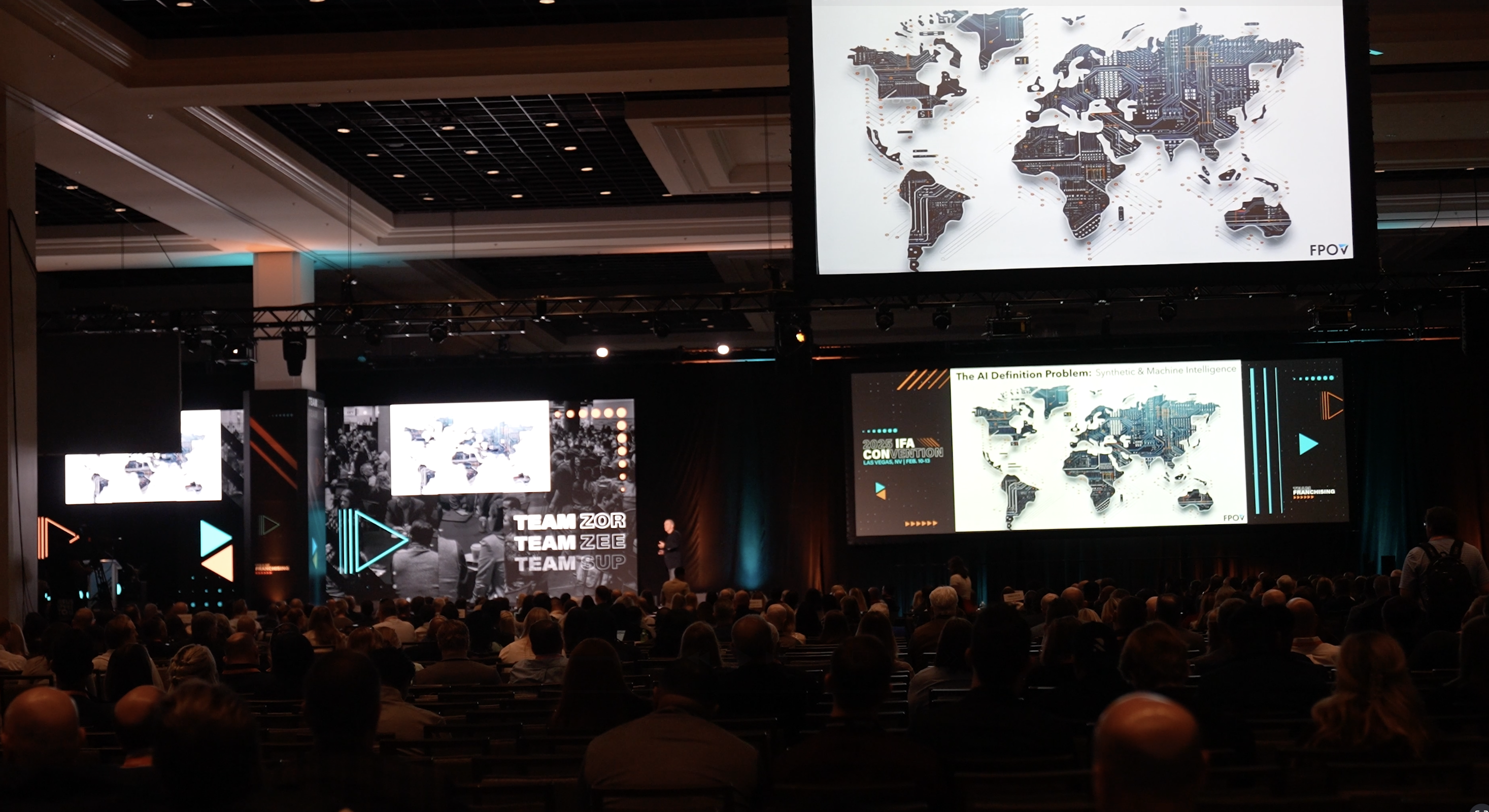Why Buyers Pay More for Tech-Ready Companies
Is your business tech-ready for acquisition? If not, you could be leaving millions on the table.
You've built your business with care, navigated challenges, and now you're considering an exit strategy. Whether you're in active acquisition talks or just beginning to think about your company's future, there's a critical element that many business owners overlook until it's too late: technology due diligence.
The Hidden Value Killer in M&A Deals
When a potential buyer evaluates your business, they're not just looking at your revenue, client list, and growth potential. Increasingly, they're scrutinizing your technology infrastructure with forensic precision.
Why? Because technology integration problems can derail an otherwise perfect acquisition.
"We've worked with clients where, because of going in and setting security standards or certain IT standards in place, they were able to present their company to different buyers and get a higher valuation," explains John Ohlwiler, CEO of Sentry Technology Solutions. "Meeting IT standards, meeting compliance standards, meeting security standards, are usually pretty important to buyers."
Outdated systems, security vulnerabilities, and technology debt aren't just operational issues—they're direct threats to a company's valuation.
What Buyers Are Really Looking For
Today's acquirers aren't just kicking the tires of your technology; they're performing a comprehensive evaluation that includes:
- System stability and documentation - Can your technology operate without key personnel? Is tribal knowledge documented?
- Security and compliance posture - Are you meeting industry regulations and security standards?
- Integration potential - How easily can your systems merge with the acquirer's technology?
- Technology scalability - Can your current systems support growth plans?
- Hidden technology costs - What unexpected expenses might surface post-acquisition?
According to research from McKinsey & Company, companies that perform technology due diligence on acquisition targets are 2.8 times more likely to achieve a successful outcome than those that don't. Yet the statistics are sobering: 76% of technology acquisitions fail to meet their financial objectives, and according to a recent UK Tech News report, "more than 70% of integrations are currently failing to meet their expected value, often due to overlooked technology gaps." This represents billions in lost value annually.
The Real-World Cost of Technology Oversights
Consider this scenario we've witnessed firsthand:
A pest control company was acquired by a larger firm. The owner had used outdated software and manual customer management systems for years. A year and a half after acquisition, the new owners were still manually extracting data from legacy systems, trying to integrate it with their platform, and dealing with customer service disruptions.
The result? Reduced acquisition price, delayed integration, frustrated customers, and significant unexpected costs for the buyer.
This isn't an isolated case. We regularly see companies:
- Losing customer data during transitions
- Facing unexpected compliance violations
- Discovering security vulnerabilities during integration
- Struggling with incompatible technology platforms
How Technology Readiness Increases Your Valuation
Preparing your technology infrastructure before acquisition talks begin can significantly increase your company's valuation. Here's how:
1. Demonstrate Reduced Risk
Beyond M&A reports that 80% of tech executives consider data security and privacy the most important factors in technology due diligence. This focus on security isn't just about compliance—it's about protecting the value of the acquisition itself. A 2024 Gartner study found that "poor data quality costs organizations an average of $12.9 million annually, and this figure rises significantly in the context of M&A integration."
2. Showcase Scalability
Technology that can easily scale demonstrates future growth potential—a key factor in valuation calculations.
3. Highlight Efficiency
Modern, integrated systems with proper automation show operational efficiency that translates to better margins.
4. Reduce Transition Disruption
Systems designed for smooth transition mean less customer and operational disruption during integration—a major concern for buyers.
The 2025 M&A Technology Landscape
As we move through 2025, several M&A trends are directly impacting technology due diligence:
- AI-powered due diligence: According to the latest Dealroom research, "AI is changing how companies handle M&A, and AI tools are increasingly used in the due diligence process." These tools can analyze vast amounts of data quickly, identifying patterns and risks in contracts, financial records, and other documents.
- Extended diligence timelines: The Herbert Smith Freehills Global M&A Report 2025 notes that "due diligence processes... are taking noticeably longer" as buyers perform deeper technological analyses without the pressure of competitive auctions.
- Aggressive 2025 deal projections: Deloitte's 2025 M&A Trends Survey reveals "macroeconomic tailwinds will likely prompt increased M&A activity" this year, meaning more companies will face technology scrutiny.
- PE focus on technology: McKinsey notes that technology, media, and telecom sectors accounted for nearly 60% of M&A deal value in 2024, with technology representing the largest portion at 83% of deal volume in its category.
Why Third-Party Technology Evaluation Matters
When preparing for acquisition, an independent technology assessment provides credibility that internal evaluations can't match.
"No one wants to call their own baby ugly," notes Ohlwiler. "Sometimes it takes a good third party to come in and look at both [merging companies'] systems and say, 'We're going to take the phone system from here, the client management system from here...because of this merger and size, this particular system from either firm isn't going to work.'"
Many deals falter because technology evaluations happen too late in the process—often after the letter of intent is signed and major terms are already negotiated.
The Path Forward: Strategic Technology Planning for Exit
Whether your exit timeline is months or years away, strategic technology planning should start now. Here's your roadmap:
- Conduct a technology maturity assessment to identify gaps and opportunities
- Develop a technology roadmap aligned with your exit timeline
- Prioritize improvements that deliver the highest valuation impact
- Document everything from architecture to recovery procedures
- Address security and compliance proactively rather than reactively
Where Most Companies Go Wrong
The biggest mistake we see? Treating technology as a cost center rather than a strategic asset that drives valuation.
Companies focused solely on minimizing IT costs often miss investment opportunities that could return 5-10x their value in an acquisition scenario. Strategic technology investments made 18-24 months before an exit can yield significant returns.
Partner With Experts Who Understand M&A Technology
As M&A specialists with deep technology expertise, Sentry Technology Solutions has guided numerous companies through successful technology due diligence processes. Our team has sat on both sides of the acquisition table and understands exactly what buyers are looking for—and what raises red flags.
Learn more about our comprehensive M&A technology services and how we help companies maximize their valuation through strategic technology planning.
Don't let technology issues diminish your company's value after years of hard work. Take control of your technology narrative before buyers write it for you.
Thinking about preparing your company for acquisition? Schedule a confidential discovery call today to discuss how your technology infrastructure could impact your valuation.



